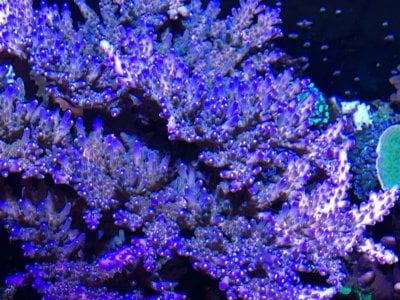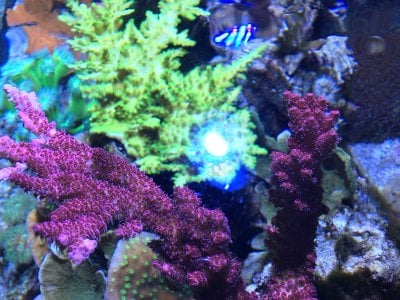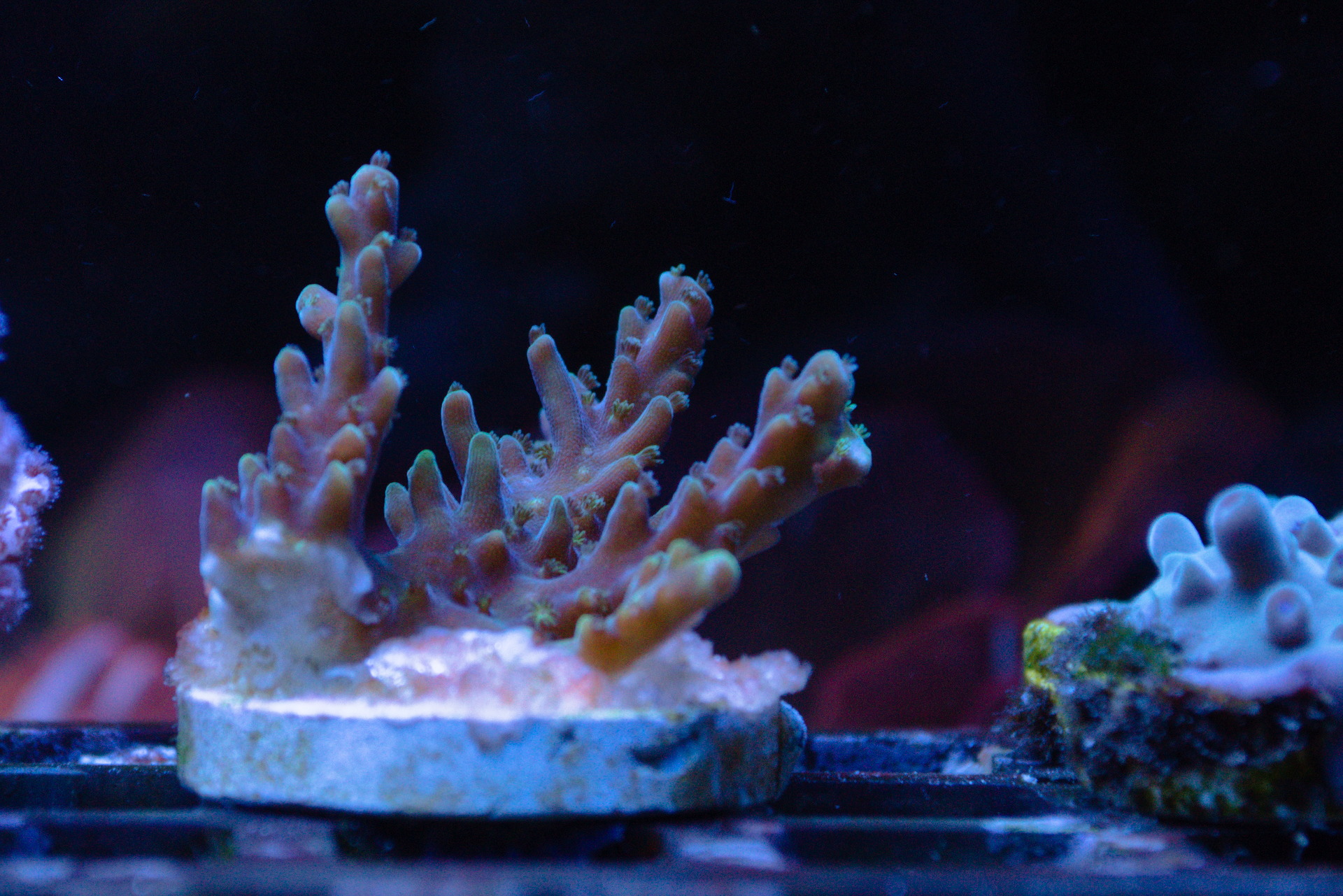- Joined
- Jul 26, 2018
- Messages
- 140
- Reaction score
- 104
Just inquiring people's opinions and experiences with "high" phosphates causing acros to turn green? I've read that high phosphates is one common cause (other causes being lower light and excess iron levels).
Some people say 0.05 is high and others say they have 0.2 yet still maintain good coloration. I'm sure other variables come into play like flow, alk, light intensity, etc. but that's why I'm asking for individual opinions/experiences with phosphates levels specifically. Thanks!
Some people say 0.05 is high and others say they have 0.2 yet still maintain good coloration. I'm sure other variables come into play like flow, alk, light intensity, etc. but that's why I'm asking for individual opinions/experiences with phosphates levels specifically. Thanks!





















